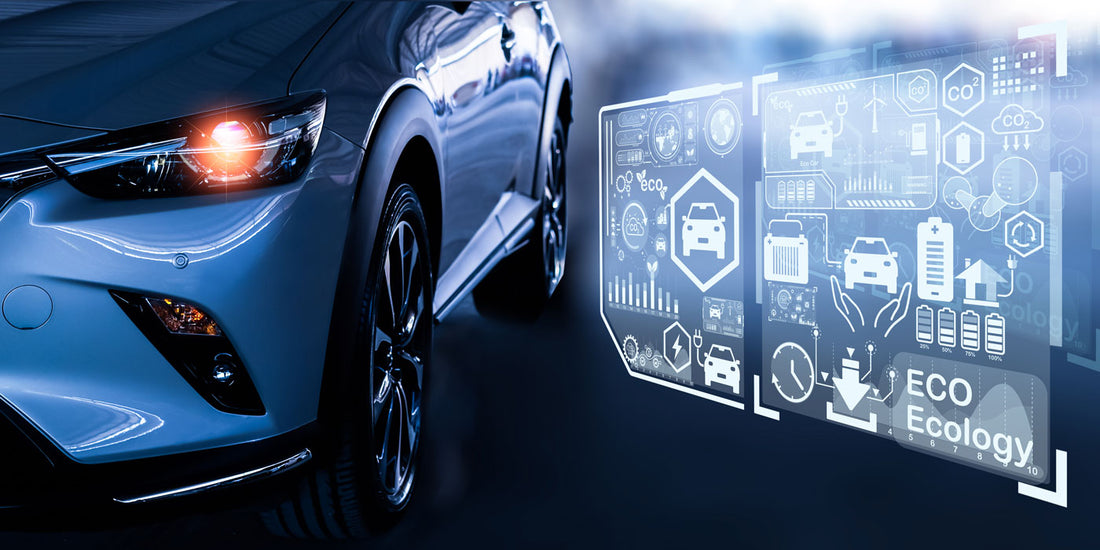Compared to cars with internal combustion engines, electric vehicles (EVs) are less complex and have fewer moving parts. With an EV, you don’t have to pay for tune-ups, oil changes, spark plugs, drive belts, or transmission servicing. In fact, some estimates believe the elimination of roughly two dozen mechanical components means that EVs generally cost just one-third of what you’d typically spend to keep a gas-powered car serviced.
Still, an EV is not entirely maintenance-free. There are some periodic checks and services that need to be performed in order to keep the vehicle operating at its peak — and keep its warranty in effect.
Required EV Maintenance
The following systems and components of EVs need regular maintenance, whether that means DIY services or making an appointment at a local dealership or repair shop.
Coolant System – Electric motors and batteries generate a lot of heat when under load, requiring efficient thermal management to control their temperature. This is achieved using radiators and hoses with coolant inside, similar to a car with an internal combustion engine. However, the coolant itself needs to be renewed in specific intervals to ensure that it does not degrade and form deposits inside the system.
Tires – Typically, tires are rotated during an oil change. Since EVs make oil changes obsolete, additional care should be taken for tire safety. This includes checking tire pressure, wear patterns and tread depth. You may need to replace tires more frequently, since EVs weigh more than their gasoline counterparts — meaning tires, brakes and suspensions are subject to wear and tear.
Brakes – Most EVs feature regenerative braking, during which the electric motor transforms kinetic braking energy into electricity. This action reduces wear on hydraulic brakes, allowing EV drivers to significantly extend the lifespan of their discs and pads. However, the system still needs regular monitoring and brake fluid replacement.
Cabin Systems – EV cabin environmental systems perform similar to ICE vehicles, meaning an occasional refrigerating fluid boost or exchange for air conditioning systems will be needed. Cabin air filters also need to be replaced at regular intervals.
Battery – While EV batteries require minimal maintenance, there are things drivers can do to extend their service life. These strategies include less frequent charging; avoid charging batteries to full capacity or depleting all their energy; use DC fast charging sparingly; and avoid temperature extremes when parking.

